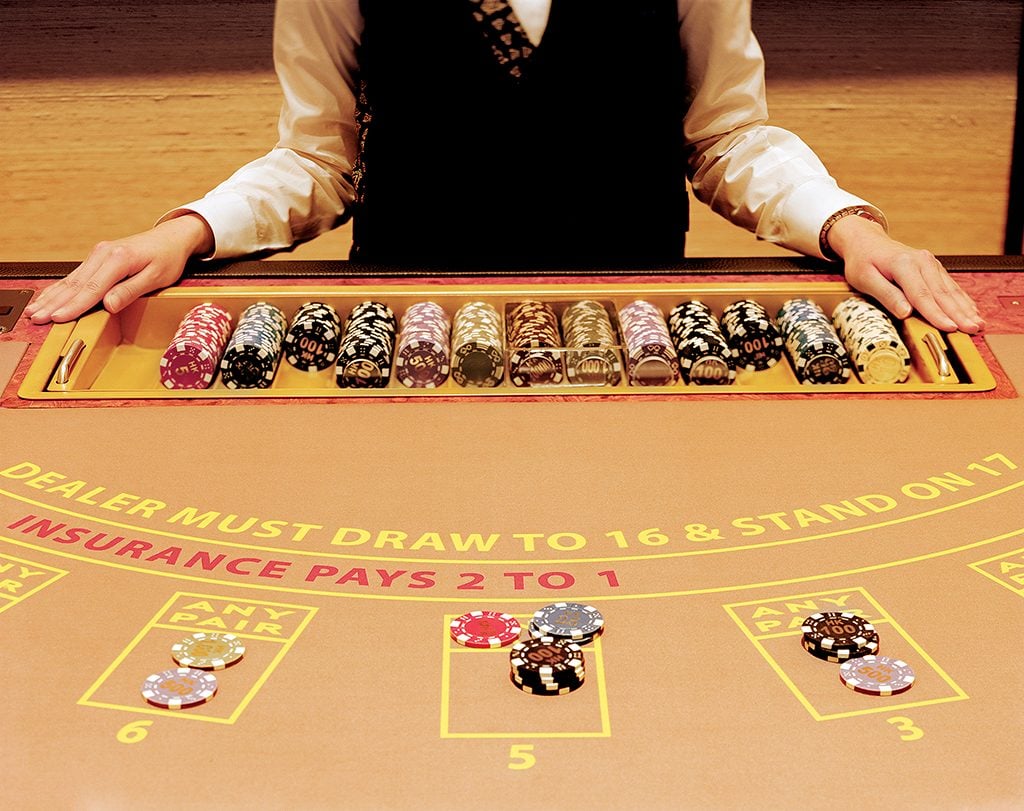
Casino experiences have long captivated the human imagination, drawing participants into a world filled with fortune, tactics, and the allure of adventure. Each experience is meticulously crafted not just for entertainment, but also to evoke particular emotional responses that keep players engaged and committed. Understanding the motivations behind these designs reveals much about how psychology plays a key role in the gaming experience.
From the bright lights and dynamic sounds to the complex layering of systems and payoffs, casino games are designed to create an atmosphere of anticipation and eagerness. Game designers leverage behavioral strategies to influence gambler behavior, whether through the use of winning opportunities, almost wins, or social connections. By examining these factors, we can better appreciate how casino games fulfill not just a desire for entertainment, but deeper psychological needs for thrill and hazard.
Comprehending Player Actions
Casino games are crafted with a profound grasp of player psyche, which is vital for attracting and keeping players. The excitement of the game, coupled with the anticipation of winning, produces a strong allure. Game designers employ elements like sonic elements, vibrant graphics, and captivating gameplay to engage attention and evoke emotional responses. online casino trotz sperre These sensory effects enhance the overall experience, making players feel more attached in the game.
Another significant aspect of player behavior is the concept of risk and reward. Casino games often balance high-risk scenarios with the potential for considerable rewards, which can lead to the occurrence known as near-miss effect. When players come close to winning, the brain produces dopamine, reinforcing their behavior and prompting them to keep playing in pursuit of that fleeting win. This cycle of hope and letdown plays a critical role in how games are structured and promoted.
Lastly, social elements also play a critical role in player behavior at casinos. Many games are made to be played in teams or with other players, fostering a sense of community and shared experience. The social interaction inherent in games like poker enhances enjoyment and can result in prolonged gaming periods. Designers take advantage on this by crafting environments that encourage players to remain, interact, and return, making the overall casino experience more inviting.
The Role of Imagery and Sound
Imagery and sound play a vital role in enhancing the player’s experience within gambling games. Designers utilize vibrant colors, striking graphics, and captivating animations to capture players’ attention and sustain their focus. The use of themes, such as adventure or opulence, helps create an immersive atmosphere that takes players into a different world. By appealing to the senses, these elements add to a heightened emotional response, encouraging players to interact more profoundly with the games.
Audio design is just as important in enhancing the overall experience of casino games. The mix of ambient music, sound effects for successful combinations, and ambient noises creates an sound landscape that keeps players enthralled. Sounds associated with victories, such as ringing bells or festive music, evoke feelings of excitement and reward, prompting players to continue playing. These sound cues are carefully placed to enhance the excitement of the game and create a more engaging experience.
Moreover, the synchronization of imagery and sound is essential for reinforcing the game’s overall theme and atmosphere. Each element should align harmoniously to create a cohesive experience that pulls players in. The effective use of this synergy not only enhances user enjoyment but also boosts the likelihood of repeat play, as players become more engaged in the captivating world that the casino games offer. This thoughtful combination of visuals and audio ultimately enhances player engagement and commitment.
Incentive Structures and Engagement
The development of gambling games significantly relies on reward structures to ensure participants involved and returning for additional experiences. These structures are based in behavioral theories that exploit human nature and motivation. Players are often driven by the thrill of success, which is reinforced by immediate responses through the game’s design. This instant gratification not just improves the gaming experience but also cultivates a feeling of achievement, encouraging participants to keep playing in hopes of greater gains.
Casinos utilize various reward structures, such as large payouts, extra rewards, and multipliers, to engage participants. These elements create a layer of thrill that maintains interest. Additionally, the randomness of results plays a significant role in sustaining attention. The intermittent reinforcement schedule, where wins are unpredictable but happen often enough, keeps players on edge and driven to keep playing. This cycle of hope and anticipation is foundational to the success of casino games.
In addition, community aspects, such as competitive events and collaborative options, enhance the participation factor by tapping into the competitive nature of participants. The shared experience of playing with others can intensify the excitement of winning and create a community atmosphere within the gaming space. By combining these social dynamics with efficient incentive structures, gambling experiences don’t just offer entertainment but also foster a stronger bond among players, solidifying their loyalty to the gaming experience.